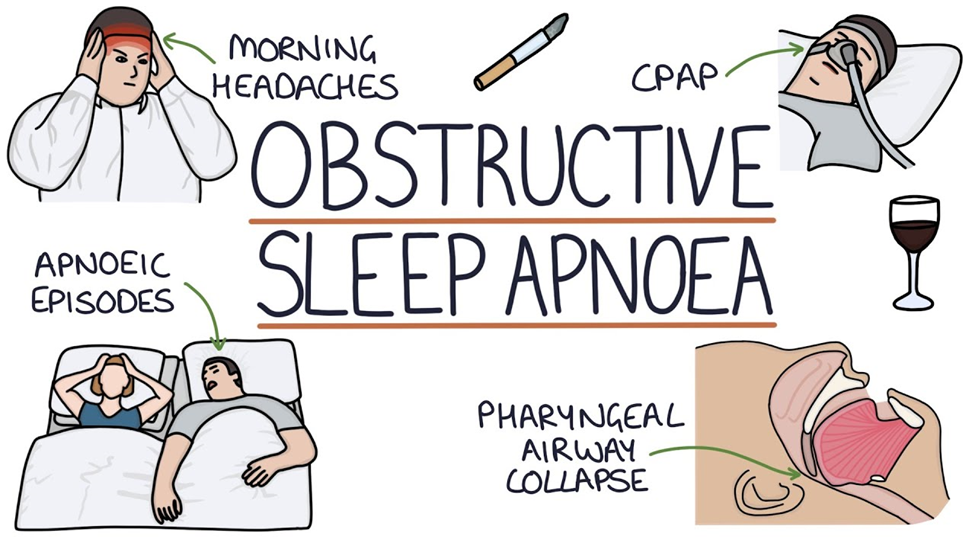A nurse is contributing to the care plan of an older adult client who has pneumonia. Which of the following interventions should the nurse include in the plan?
Encourage fluid intake of 2.5 L per day.
Assist the client to cough and deep breathe every 4 hr.
Encourage independence in completing ADLs.
Use an N-95 respirator when providing client care.
The Correct Answer is A
A. Encourage fluid intake of 2.5 L per day.
This is an appropriate intervention for a client with pneumonia. Increasing fluid intake helps to thin respiratory secretions, making them easier to cough up and clear from the airways. Adequate hydration also supports overall health and immune function. However, the nurse should consider the client's individual fluid tolerance and any comorbid conditions such as heart failure that may necessitate fluid restriction.
B. Assist the client to cough and deep breathe every 4 hr.
This intervention is also appropriate for a client with pneumonia. Coughing and deep breathing exercises help to mobilize and clear respiratory secretions, preventing complications such as atelectasis and pneumonia. However, the frequency of coughing and deep breathing may need to be tailored to the client's tolerance and respiratory status.
C. Encourage independence in completing ADLs.
While promoting independence in activities of daily living (ADLs) is generally beneficial for older adult clients, in the context of pneumonia, the priority is to ensure adequate rest and conserve energy for recovery. Depending on the severity of the illness, the client may experience fatigue and dyspnea, making it challenging to perform ADLs independently. The nurse should assess the client's functional status and provide assistance as needed while promoting independence to the extent possible.
D. Use an N-95 respirator when providing client care.
This intervention is not directly relevant to the care plan for a client with pneumonia. N-95 respirators are primarily used for respiratory protection against airborne infectious agents such as tuberculosis or certain viral infections like COVID-19. While standard precautions should be followed when caring for a client with pneumonia to prevent the spread of infection, including hand hygiene and appropriate use of personal protective equipment (PPE), an N-95 respirator is not typically indicated unless the client has a specific respiratory pathogen requiring airborne precautions.
Nursing Test Bank
Naxlex Comprehensive Predictor Exams
Related Questions
Correct Answer is C
Explanation
A. Constipation
Constipation is not typically associated with obstructive sleep apnea. However, sleep disturbances and certain medications used to manage OSA may indirectly contribute to constipation in some cases.
B. Nausea
Nausea is not a common symptom of obstructive sleep apnea. While sleep disturbances may affect gastrointestinal function in some individuals, nausea is not a typical manifestation of OSA.
C. Headache
One of the common findings associated with obstructive sleep apnea (OSA) is headache. This occurs due to the repeated episodes of apnea (cessation of breathing) during sleep, which leads to intermittent hypoxia (low oxygen levels) and subsequent cerebral vasodilation. The vasodilation can trigger headaches, often described as morning headaches, upon waking up. These headaches are typically frontal and may be accompanied by other symptoms such as fatigue and irritability.
D. Hypotension
Hypotension (low blood pressure) is not a typical finding in obstructive sleep apnea. In fact, individuals with OSA are more likely to have hypertension (high blood pressure) due to the effects of repeated apnea episodes on the cardiovascular system, such as increased sympathetic activity and arterial stiffness.

Correct Answer is A
Explanation
A. The patient's Spo2 is 97% on 2L NC:
This assessment finding indicates that the patient's oxygen saturation level (SpO2) is 97% while receiving 2 liters per minute of oxygen via nasal cannula. Oxygen saturation is a measure of the percentage of hemoglobin saturated with oxygen in the blood. A SpO2 level of 97% suggests adequate oxygenation, which is essential for effective gas exchange. Therefore, if the patient's SpO2 is within the target range on the prescribed oxygen therapy, it indicates that the interventions aimed at improving gas exchange have been effective.
B. The patient appears comfortable:
While patient comfort is important, it is not a direct indicator of effective gas exchange. A patient may appear comfortable for various reasons, such as pain relief, proper positioning, or emotional support, but this does not necessarily reflect improved gas exchange. Therefore, while comfort is an important aspect of nursing care, it is not specifically indicative of the effectiveness of interventions for impaired gas exchange.
C. The patient is coughing up copious white sputum:
The presence of copious white sputum does not directly indicate improved gas exchange. White sputum may suggest various conditions, such as respiratory tract infections or inflammation, but it does not provide direct information about gas exchange efficiency. Effective gas exchange involves the exchange of oxygen and carbon dioxide at the alveolar-capillary membrane, which cannot be assessed solely based on sputum production.
D. The patient is able to move out of bed without difficulty:
The ability to move out of bed without difficulty may indicate improved overall physical function or mobility, but it does not specifically reflect improved gas exchange. Gas exchange primarily involves the transfer of oxygen from the alveoli into the bloodstream and the removal of carbon dioxide from the bloodstream into the alveoli for exhalation. While improved gas exchange may lead to enhanced physical endurance and reduced dyspnea, the ability to move out of bed without difficulty is not a direct measure of gas exchange efficiency.
Whether you are a student looking to ace your exams or a practicing nurse seeking to enhance your expertise , our nursing education contents will empower you with the confidence and competence to make a difference in the lives of patients and become a respected leader in the healthcare field.
Visit Naxlex, invest in your future and unlock endless possibilities with our unparalleled nursing education contents today
Report Wrong Answer on the Current Question
Do you disagree with the answer? If yes, what is your expected answer? Explain.
Kindly be descriptive with the issue you are facing.
